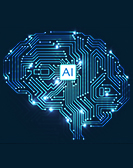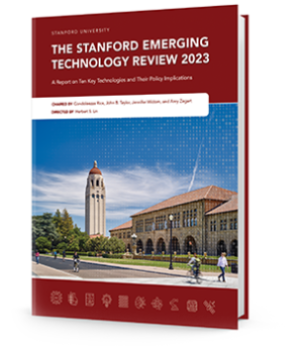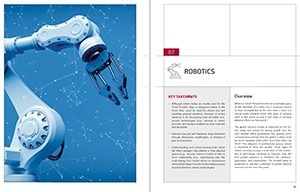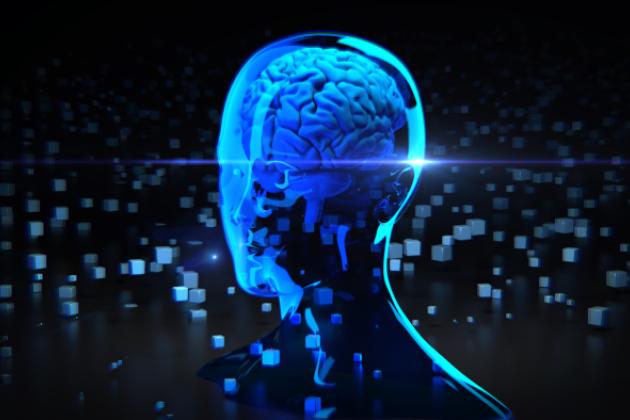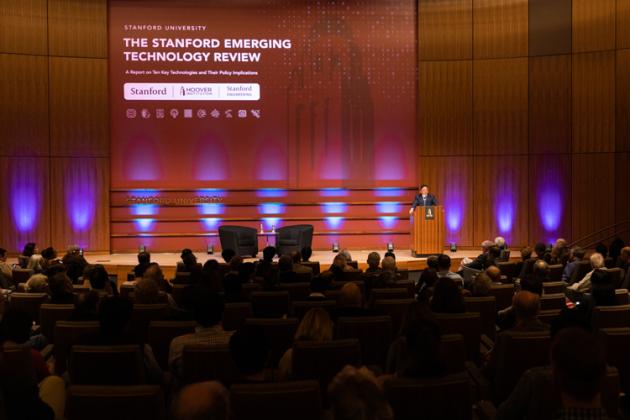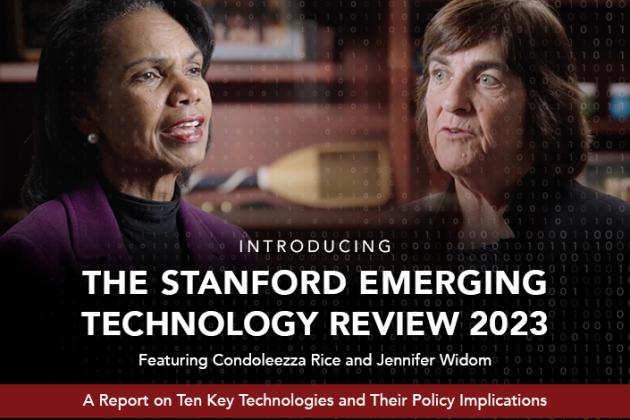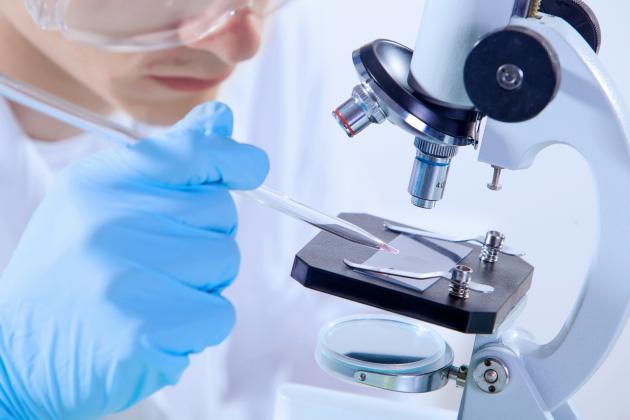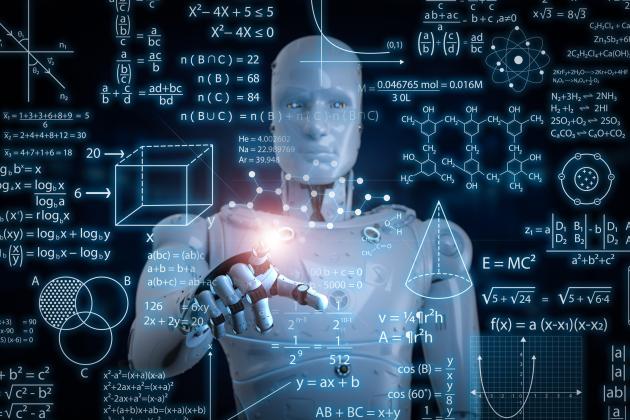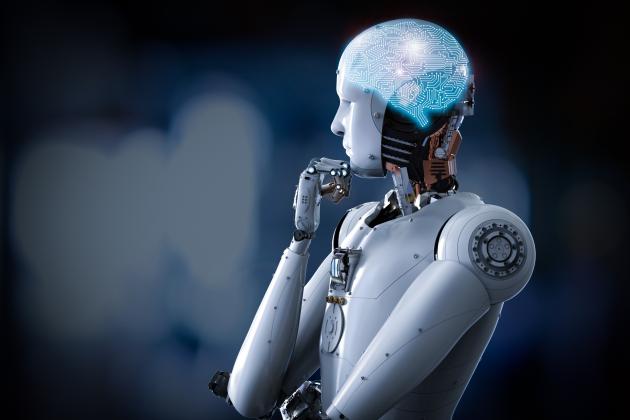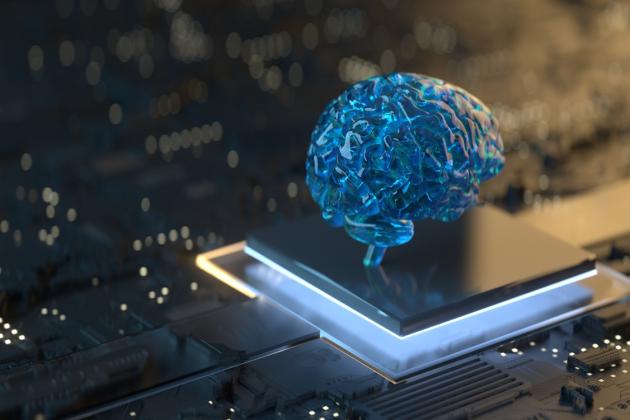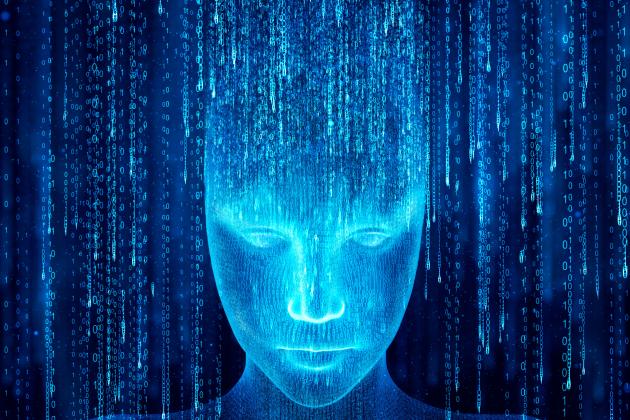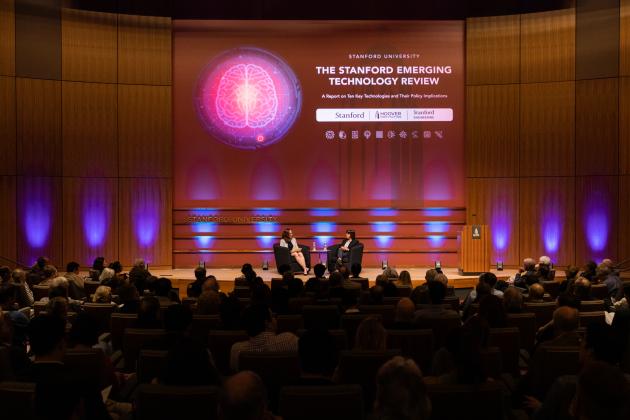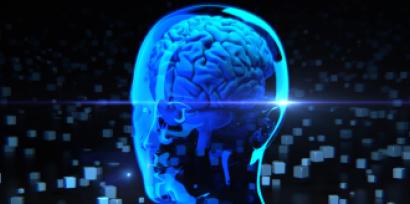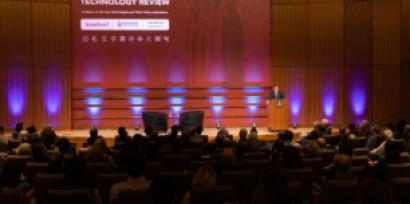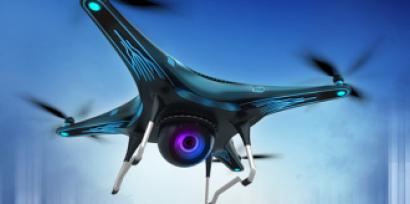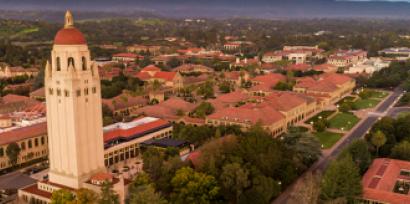Overview
There is no consensus on the definition of a robot. Researchers do agree that, at the very least, robots are human-made physical entities with ways of sensing themselves or the world around them and the ability to create physical effects on that world. Importantly, robots must integrate many different component technologies to combine perception of their environment with action. Component technologies include actuators (e.g., motors, arms, gears), sensors, control systems, materials, power sources, and real-time programming. As a result, it takes a large interdisciplinary effort to move from a working prototype to a mass-produced robot in the market. The key engineering challenges in robotics are the design of individual components and the integration of components to perform tasks.
Robots today are used primarily for tasks that fall within the Three Ds: dull, dirty, or dangerous. This includes manufacturing lines, warehouse logistics, food production, remote terrain exploration, disaster assistance, military services, security, and transportation. Autonomous robots excel at working in structured environments where conditions are predictable, whereas humans have the advantage in chaotic, real-world environments.
RECENT DEVELOPMENTS
A growing direction in robotics is having robots and humans work together to capitalize on the advantages of each. Advances in “soft” robots, or those made of flexible and compliant materials instead of rigid links, could help robots become more capable in unstructured spaces, while advances in AI could help robots deal with environments they have never been programmed to encounter. Researchers today are working on several areas, including:
- Human-robot interaction focused on understanding, designing, and evaluating robots for use by or with humans.
- Roboethics to answer questions of human control, liability, privacy, and safety.
- Soft robots that can improve safety for humans and move in complex, uncertain, or difficult-to-access environments by deforming themselves.
- Wearable robots for assisting people with physical impairments or augmenting human muscle power.
- Robotic manipulation in scenarios with imperfect information on the environment.
- Haptic technology that can mimic human sensations of touch and feel.
- Robotic perception to be able to map an unstructured environment using computer vision and haptic technology.


